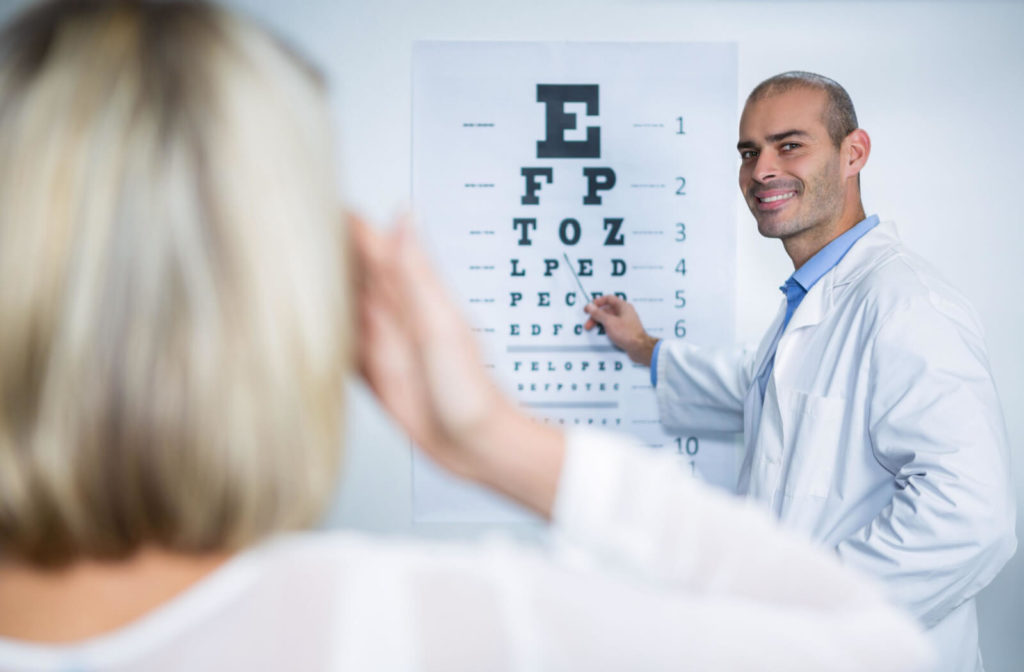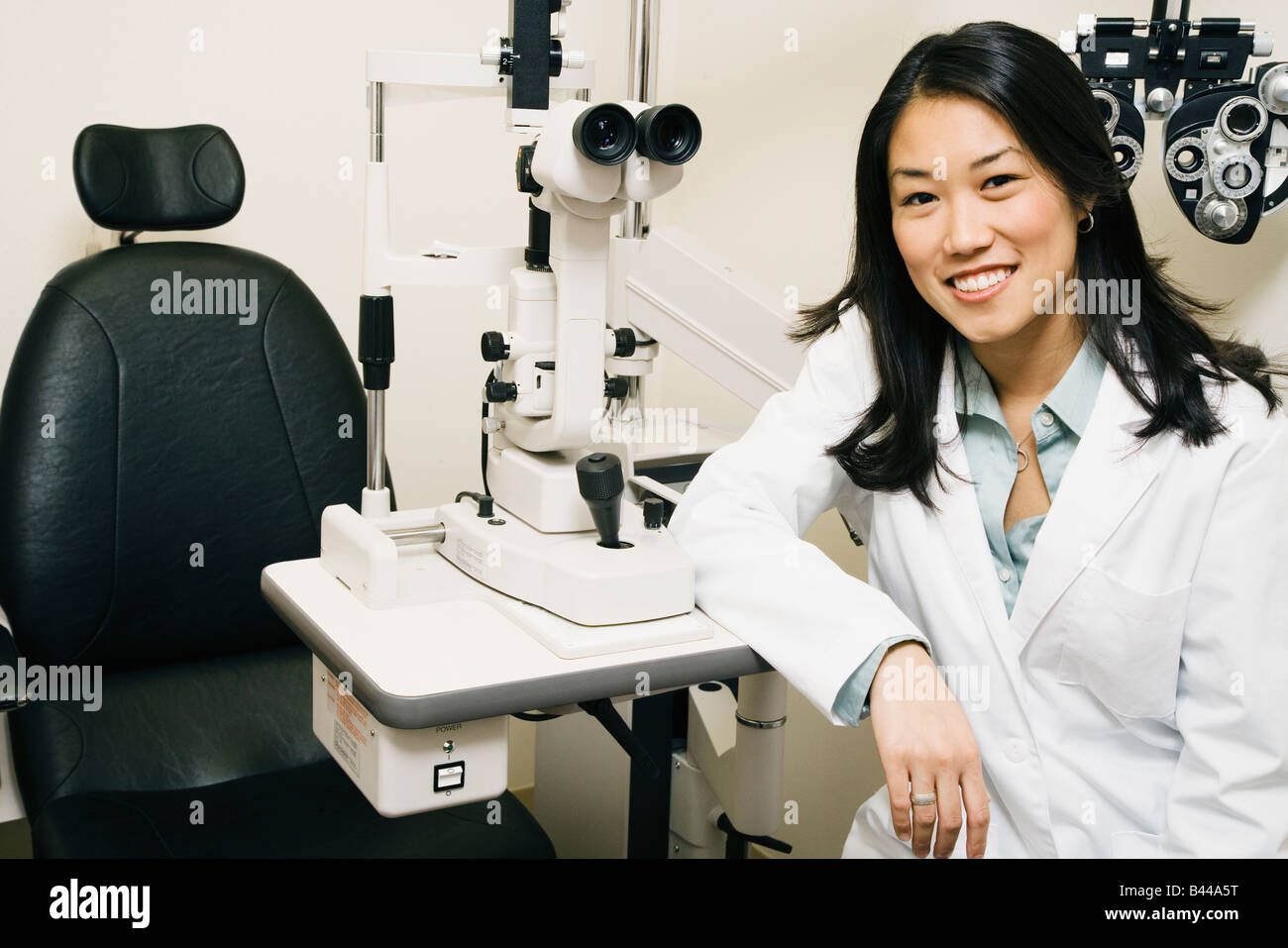Experience Personalized Treatment with Opticore Optometry in Chino
Experience Personalized Treatment with Opticore Optometry in Chino
Blog Article
Recognizing the Comprehensive Function of an Optometrist in Modern Eye Care
In the progressing landscape of medical care, the extent of an eye doctor's duty has actually significantly broadened, prolonging well past the boundaries of typical vision improvement. With advancements in modern technology and an increasing focus on preventive care, eye doctors are essential in diagnosing and taking care of persistent eye conditions, while additionally taking part in very early disease discovery. Their proficiency in sophisticated analysis methods such as optical comprehensibility tomography is very useful. How do these obligations intersect with their duty in promoting total eye health and wellness, and what does this mean for patient results in a collaborative health care environment?
Expanded Scope of Technique
In current years, the duty of eye doctors has evolved significantly, with several specialists currently accepting a broadened scope of method that expands past conventional eye assessments. Their responsibilities currently encompass a broad range of solutions, consisting of recommending medications for eye problems, managing chronic eye conditions, and doing small surgical treatments.
Even more, eye doctors are now much more associated with collaborative care, functioning closely with eye doctors, health care physicians, and other healthcare specialists to ensure all natural person care. This interprofessional partnership is essential in handling intricate cases that need a multidisciplinary approach. In addition, optometrists are playing an essential function in public health and wellness efforts, such as vision testings and eye health and wellness education, targeted at improving community health outcomes.
The increased extent of practice for optometrists not just improves their ability to supply comprehensive care but additionally addresses the expanding need for reliable and obtainable eye care solutions, contributing to total medical care improvements.
Very Early Disease Discovery
Early discovery of eye diseases is increasingly becoming a prime focus in the expanded function of optometrists. As key eye treatment companies, optometrists are distinctively positioned to determine very early indicators of ocular conditions such as glaucoma, macular deterioration, diabetic person retinopathy, and cataracts. This pivotal role is important, as very early medical diagnosis can significantly improve the monitoring and diagnosis of these problems, potentially preventing vision loss and boosting patient outcomes.
Eye doctors utilize thorough eye exams to spot refined changes in vision and eye health. These examinations typically include assessments of visual skill, intraocular stress, and retinal wellness. The ability to recognize very early indicators of systemic health and wellness problems, such as hypertension and diabetes, with eye indicators further underscores the importance of routine eye examinations. Early intervention is not only beneficial in preserving vision but also in decreasing health care costs connected with sophisticated disease treatments.
Moreover, optometrists play a vital function in person education and learning, emphasizing the value of routine eye assessments as part of overall health care. By cultivating an aggressive strategy to eye care, optometrists contribute dramatically to public health and wellness, making certain illness are captured and taken care of properly prior to they can advance.
Advanced Diagnostic Techniques
Advanced diagnostic strategies have actually reinvented the practice of optometry, allowing experts to identify and keep track of ocular illness with unmatched precision. These improvements have transformed the optometric landscape, enabling for more advanced assessment and intervention approaches. Technologies such as optical coherence tomography (OCT) give high-resolution, cross-sectional photos of the retina, helping with early discovery of problems like glaucoma and macular degeneration. This non-invasive method has come to be important in modern-day optometry, using thorough insights into retinal layers.
One more essential development is electronic retinal imaging, which catches extensive views of Web Site the retina utilizing high-def cams. This modern technology is important in recognizing modifications in retinal structure over time, thereby helping in the administration of problems like diabetic retinopathy. Aesthetic field screening, enhanced by computer-aided systems, enables for exact mapping of a patient's line of vision, essential in detecting and tracking glaucoma development.
Corneal topography, another significant analysis device, produces detailed maps of the cornea's surface area. This is particularly useful in fitting contact lenses and intending refractive surgery. These innovative analysis techniques collectively enable eye doctors to give proactive, targeted care, ensuring far better client outcomes and reinforcing their pivotal role in eye health and wellness monitoring.
Handling Persistent Eye Conditions
Taking care of chronic eye conditions is a keystone of optometric care that requires a detailed understanding of numerous ocular illness and their lasting implications. Eye doctors play an essential role in tracking, diagnosing, and handling conditions such as glaucoma, diabetic person retinopathy, and age-related macular degeneration. These problems, if left neglected, can cause considerable visual impairment or blindness, highlighting the essential significance of ongoing care and monitoring.
Optometrists utilize an array of analysis tools, including optical comprehensibility tomography (OCT), aesthetic field testing, and fundus photography, to examine the development of these chronic conditions. By closely checking adjustments in ocular health, optometrists can change therapy strategies to alleviate illness development. This may involve recommending drugs, suggesting lifestyle adjustments, or coordinating with ophthalmologists for surgical interventions when needed.

Duty in Preventive Treatment
Preventative treatment is a basic facet of optometry that concentrates on keeping eye health and protecting against the start of eye conditions. Eye doctors play a critical role in early discovery and prevention, employing regular eye evaluations to identify threat elements and refined changes in eye wellness. Eye Doctor. These exams are not simply about vision our website improvement but include a comprehensive assessment of eye functions and structures, enabling the identification of problems such as glaucoma, cataracts, and macular deterioration at an onset
Along with diagnostics, optometrists inform clients on way of living options that promote eye health, such as correct nutrition, UV security, and the significance of regular eye check-ups. They recommend on the appropriate use of digital devices to stop electronic eye stress, an expanding problem in the electronic age. Eye doctors also supply support on safety eyewear for work and entertainment activities, reducing the threat of injury.
Preventative eye treatment expands to systemic health and wellness issues that materialize in the eyes, such as diabetes and hypertension. By working together with various other medical care experts, optometrists add to all natural person treatment, emphasizing the interconnectedness of ocular and systemic wellness. This proactive method is crucial in protecting aesthetic acuity and overall wellness.
Verdict
Optometrists currently inhabit a pivotal role in contemporary eye treatment, defined by a broadened scope that consists of identifying and managing persistent eye conditions, suggesting medicines, and performing small operations (Eye Doctor Optometrist). Their proficiency in early condition detection is improved by innovative analysis strategies such as optical coherence tomography and digital retinal imaging. By highlighting preventive care and patient education, optometrists contribute dramatically to general eye health and wellness, teaming up with other health care specialists to guarantee efficient and comprehensive person results

In addition to diagnostics, eye doctors enlighten clients on way of living options that advertise eye health and wellness, such as correct nutrition, UV defense, and the relevance of normal eye examinations.Preventative eye care extends to systemic health concerns that manifest in the eyes, such as diabetic issues and high blood pressure.Optometrists now occupy a critical function in see contemporary eye care, identified by a broadened range that includes diagnosing and taking care of persistent eye problems, recommending drugs, and performing small surgical procedures.
Report this page